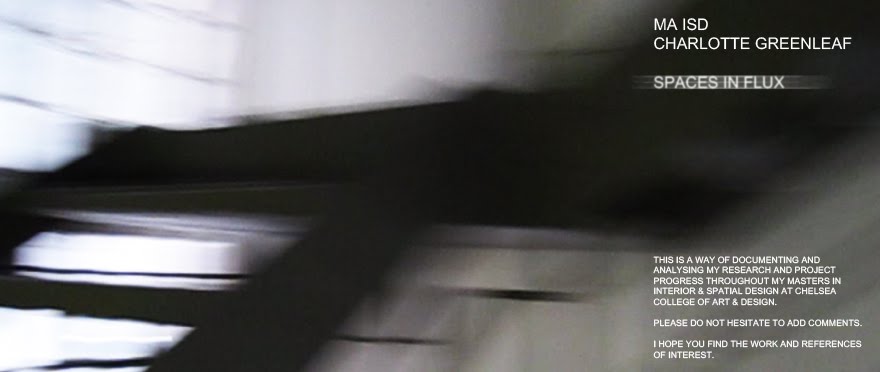Today I visited the Decode: Digital Design Sensations Exhibition at the Victoria and Albert Museum. The exhibition shows the latest developments in digital and interactive design. Generative software, animation and other responsive technologies bring life to contemporary artworks. The exhibition involves three themes: Code shows how computer code has become a new design tool, Interactivity involves work that responds to the presence of the viewer and Network charts or reworks the traces we leave behind.
I found the following artworks particularly captivating:
Body Paint is an interactive artwork which involves using the movements of your body to paint a virtual canvas with an array of colours. This was a highly exciting and engaging piece of artwork, which created audiences within the gallery space.
Body Paint, Mehmet Akten, 2009
Exquisite Clock is a clock made up of images taken from real life contexts to represent numbers, the images are taken by members of the public and have been posted from all over the world. 'The project connects time, play and visual aesthetics'. The clock is constantly being updated by new images.

Exquisite Clock, Joao Wilbert, Fabrica, 2009
Image from Fabrica website
Digital Zoetrope plays with the theme of urban exploration and the different speeds at which we traverse the city, which has the effect of revealing the different layers of the city to us over time. The artwork consists of a cylinder which has fragmented typeface accelerating around it at different speeds. The type face merges together at certain speeds, revealing bands of words and letters over different time frames. I found this a particularly interesting way to deal with the idea of a traversing human through a city.

Digital Zoetrope, Troika, 2008
Image from Troika website
Videogrid consists of a screen with a grid of twenty-five individual squares. In front of the screen is a video camera which records a one second film of the viewer and plays the clip on loop in one of the squares. Subsequently the artwork is a collaborative, continually evolving and changing piece of work, which is left open and unfinished by the artist, in order for the viewer to play a part in it. The engagement of the viewer in this piece was fantastic within the gallery, people were drawn to it by the laughter and activity it evoked.

Videogrid, Ross Phillips, 2009
Weave Mirror involves a screen of motorized C-shaped elements which rotate, tracing the movements of the viewer. Subsequently a blurred smoky rustic image is produced of the character in front of the installation. The electronics and wiring of the artwork is left exposed on the back of the screen to show the complexity of the movement instilled in this piece.


No comments:
Post a Comment